Rising Awareness of Energy Efficiency
The Industrial Solar Cable Market is positively impacted by the increasing awareness of energy efficiency among consumers and businesses. As energy costs continue to rise, there is a growing emphasis on optimizing energy consumption and reducing waste. This awareness has led to a greater interest in renewable energy sources, particularly solar power, which is perceived as a sustainable solution. Consequently, the demand for industrial solar cables, which play a crucial role in the efficient transmission of solar energy, is likely to increase. Furthermore, as organizations strive to meet sustainability goals, the adoption of solar technology is expected to accelerate, further driving growth in the Industrial Solar Cable Market.
Technological Innovations in Cable Design
The Industrial Solar Cable Market is experiencing a surge in technological innovations that enhance cable performance and durability. Advances in materials science have led to the development of cables that can withstand extreme environmental conditions, thereby increasing their lifespan and reliability. For instance, the introduction of cross-linked polyethylene (XLPE) insulation has improved thermal resistance and reduced energy losses. Furthermore, the integration of smart technologies into cable systems allows for real-time monitoring of performance metrics, which can lead to proactive maintenance and reduced downtime. As a result, these innovations not only improve efficiency but also contribute to the overall growth of the Industrial Solar Cable Market, with projections indicating a compound annual growth rate (CAGR) of over 10% in the coming years.
Growing Investment in Solar Infrastructure
The Industrial Solar Cable Market is witnessing a notable increase in investment directed towards solar infrastructure development. As more stakeholders recognize the long-term benefits of solar energy, funding for solar projects has surged. This influx of capital is often allocated to the installation of solar farms, rooftop solar systems, and related infrastructure, all of which require high-quality industrial solar cables for effective operation. Recent estimates suggest that investments in solar infrastructure could reach hundreds of billions of dollars over the next decade. This trend not only enhances the overall capacity of solar energy generation but also drives demand for industrial solar cables, thereby fostering growth within the Industrial Solar Cable Market.
Regulatory Frameworks Supporting Solar Energy
The Industrial Solar Cable Market is bolstered by favorable regulatory frameworks that promote the adoption of solar energy. Governments worldwide are implementing policies and incentives aimed at increasing the share of renewable energy in their energy mix. These regulations often include tax credits, subsidies, and feed-in tariffs that encourage both residential and commercial investments in solar technology. As a result, the demand for industrial solar cables is likely to increase, as these cables are essential for connecting solar installations to the electrical grid. The supportive regulatory environment not only enhances market confidence but also stimulates innovation within the Industrial Solar Cable Market, as manufacturers seek to comply with evolving standards and specifications.
Increasing Demand for Renewable Energy Solutions
The Industrial Solar Cable Market is significantly influenced by the rising demand for renewable energy solutions. As countries strive to meet their energy needs sustainably, solar energy has emerged as a leading alternative. This shift is driven by both environmental concerns and economic factors, as solar energy becomes increasingly cost-competitive with traditional energy sources. According to recent data, the installation of solar photovoltaic systems has seen exponential growth, with millions of new installations each year. This trend necessitates the use of high-quality industrial solar cables that can efficiently transmit electricity from solar panels to the grid. Consequently, the demand for these cables is expected to rise, further propelling the Industrial Solar Cable Market forward.


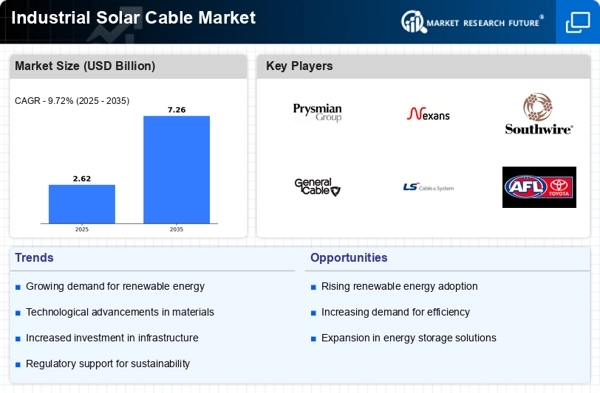
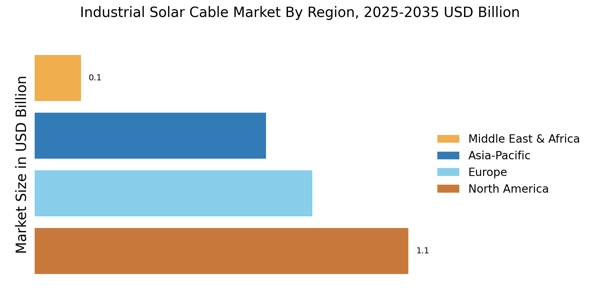
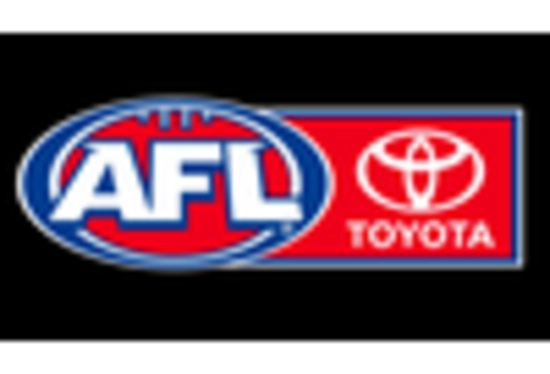
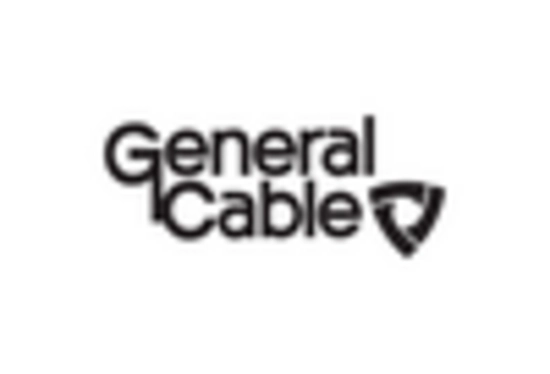
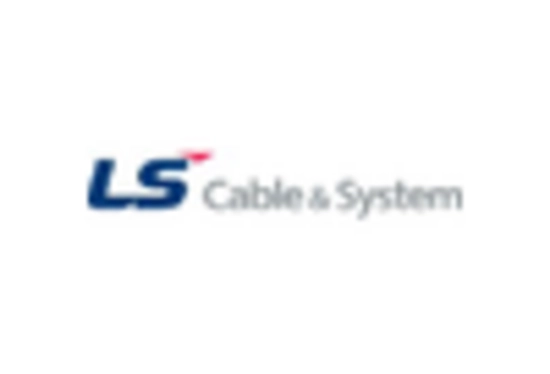
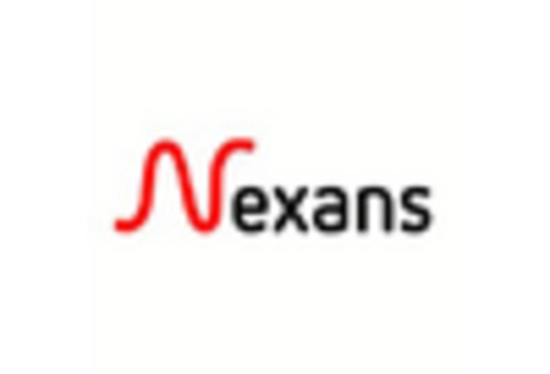
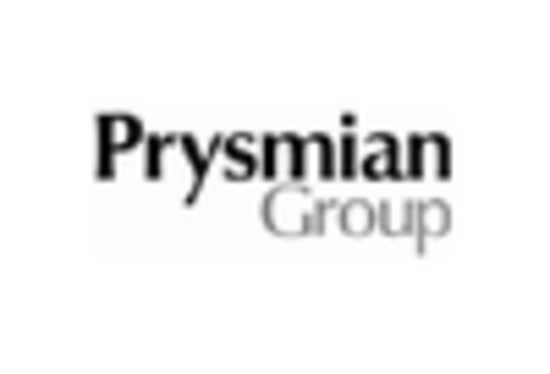
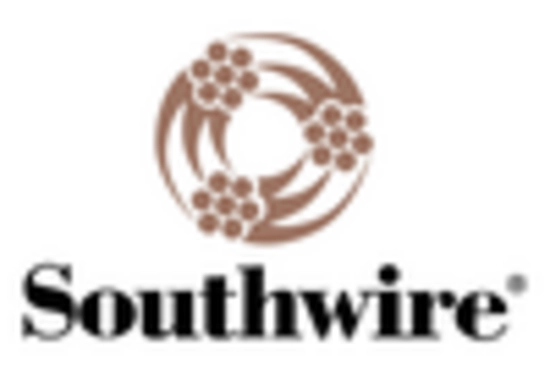








Leave a Comment